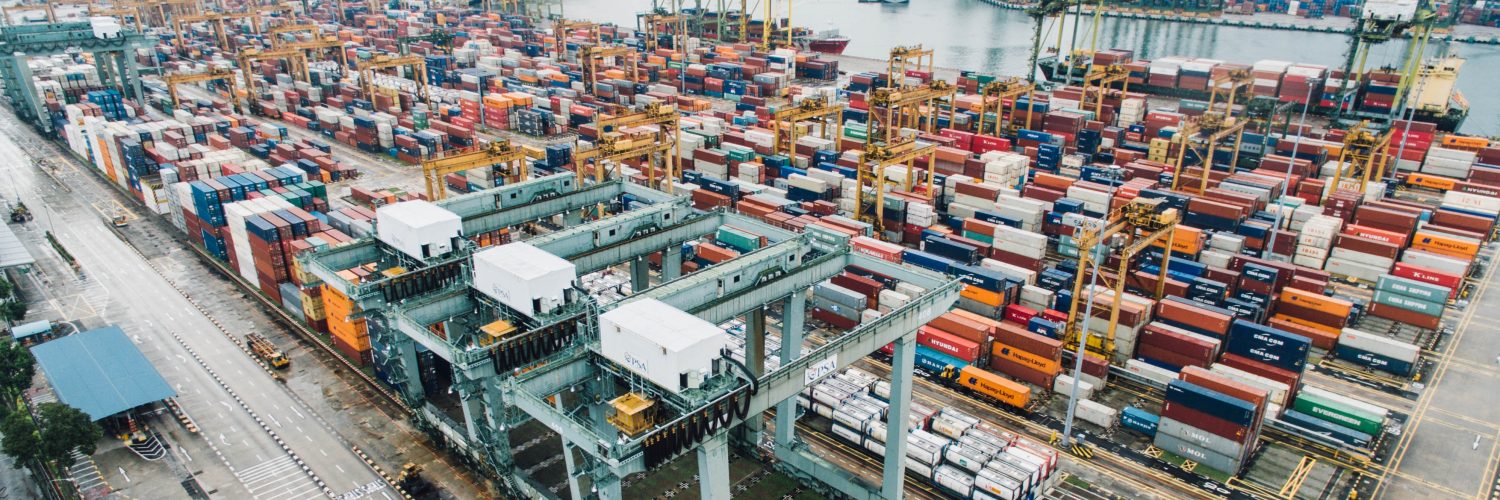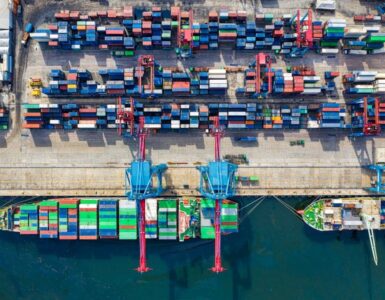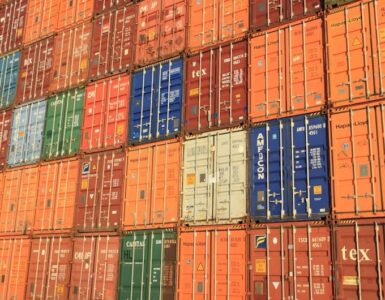After months of negotiation, Mexico and America have a handshake agreement to keep the North American Free Trade Agreement alive. The third trading partner in the treaty, Canada, is still on the ropes as President Donald Trump presses for concessions on dairy products.
On the line is the modernization of the pact that has made trade flow more easily between the three countries for 24 years. U.S. imports and exports to Canada and Mexico amount to over $1 trillion per year. In Arizona, exports to the two countries generate $10 billion in annual revenues. Mexico and Canada are the state’s top two trading partners.
As political taunts fly between President Trump and Canadian Prime Minister Justin Trudeau, the U.S. Congress has indicated it wants Canada to remain in the triad. Mexico agrees.
“While bilateral negotiations have been useful in order to deal with some sensitive areas, at the end, we can’t be thinking of dismantling a trilateral deal,” said José André Garcia, Phoenix’s trade representative in Mexico. “North America can’t be broken down into two bilateral trade deals, that would be like wanting to change the course of a river.”
The preliminary deal with Mexico is similar to what’s already in place with a few key tweaks, economists said. Arizona should not feel a significant impact. Sectors of the American auto industry would benefit. Auto buyers? Not so much.
Revisions in the tentative agreement with Mexico call for:
- Changing the name of NAFTA to the U.S.-Mexico Trade Agreement
- Requiring that 40 to 45 percent of vehicles are made by workers who earn at least $16 an hour
- Requiring that 75 percent of a vehicle’s value would have to be produced in North America instead of the current 62.5 percent
- At least 70 percent of steel, aluminum and glass for a vehicle must originate in North America.
Some domestic auto industry sectors will benefit from the revisions. But higher costs from the new regulations could cause vehicle prices to rise 10 to 15 percent in price, said Dennis Hoffman, Director of the L. William Seidman Research Institute at the W. P. Carey School of Business at Arizona State University.
“Now might be a really good time to buy an automobile because I think they will be more pricey in the next few years as we go down this road,” Hoffman said.
He questions artificial changes to a free market.
“There’s a global supply chain with automobiles that’s worked really well to keep the price of autos down and the quality up.”
Meanwhile, negotiations with Canada are in process. The biggest stumbling block are high tariffs on dairy products to America that are 200 to 300 percent in some cases.
If Canada doesn’t lower tariffs, the U.S. might retaliate with higher tariffs on automobiles coming into America, President Trump said on Wednesday. He called NAFTA a “rip off” and “horrible” for the United States.
Economists overwhelmingly disagree.
“Any good economist will tell you, the best way to encourage joint activity in global trade is to have no tariffs and no regulations around goods or services,” said Tim James, research professor for the W.P. Carey School of Business at ASU. “Complete free trade leads to everybody benefiting. The lowest-cost producers are the ones who prosper and, in the end, consumers benefit most receiving goods and services at the lowest possible price.”
















[…] Posted: September 6, 2018 at 9:00 am / by Arizona Chamber Originally published on this site […]